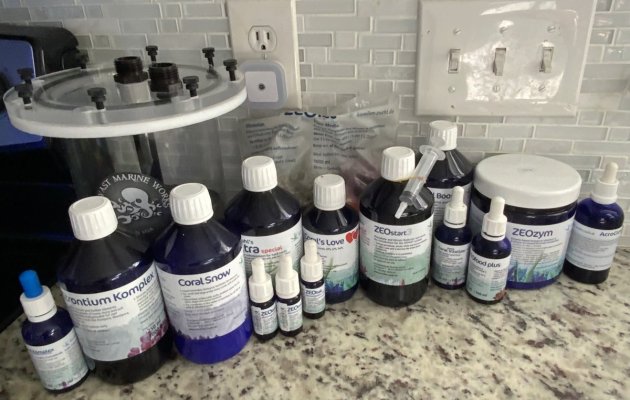Randy Holmes-Farley
Reef Chemist
View Badges
Staff member
Super Moderator
Excellence Award
Expert Contributor
Article Contributor
R2R Research
My Tank Thread
- Joined
- Sep 5, 2014
- Messages
- 67,529
- Reaction score
- 63,976
I guess I do not see the trend that dosing nitrate causes issues. More often than not, folks report improvements. Of course, they might see the same or better improvement dosing ammonia.
I’m not aware of any published data that really bears on the question of whether dosing nitrate causes issues in reef aquaria.
I’m not aware of any published data that really bears on the question of whether dosing nitrate causes issues in reef aquaria.




















